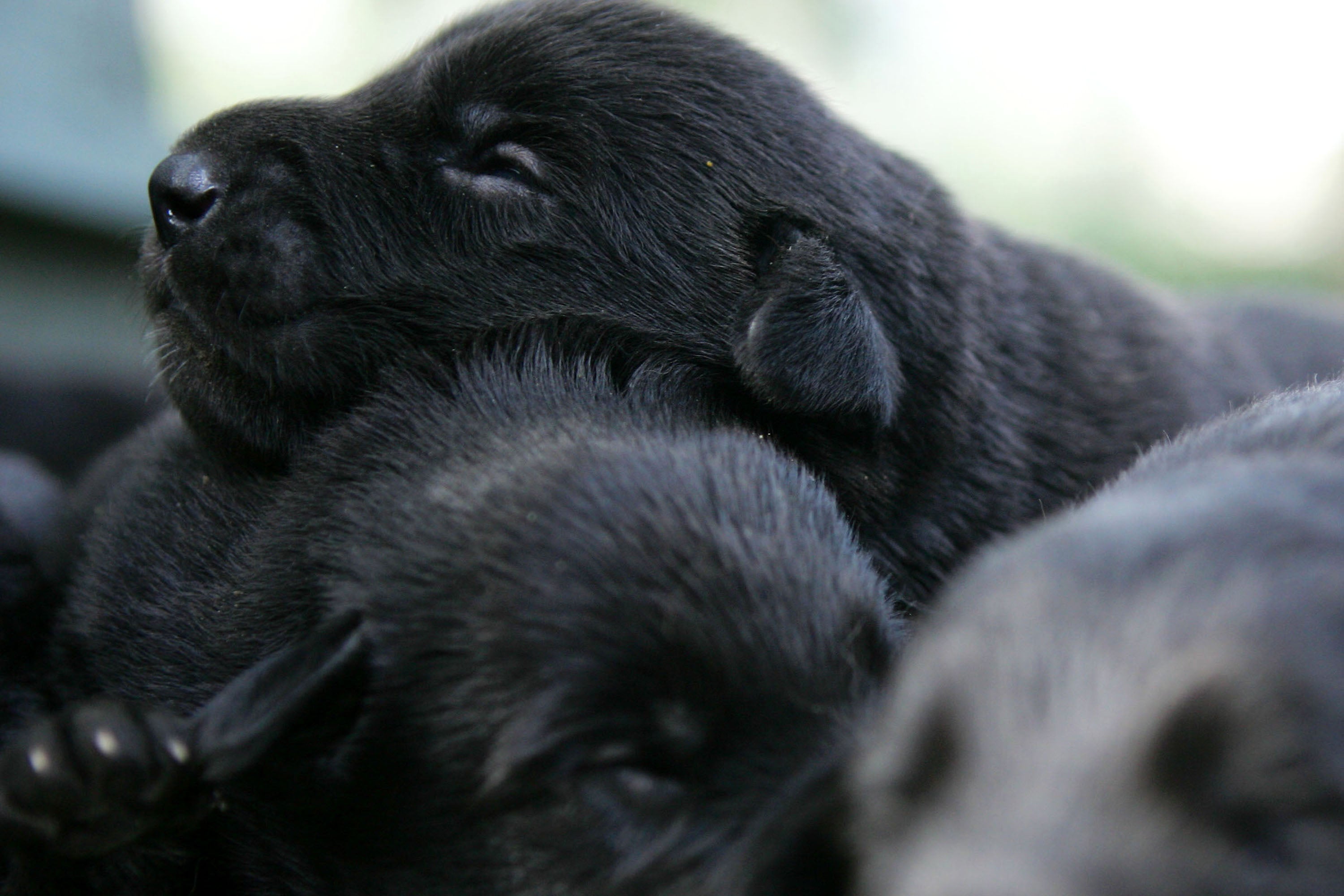Dogs give away valuable information including gender and age when they bark, say scientists
Researchers have developed a computer program which can determine the sex and age of a dog through its bark

Your support helps us to tell the story
From reproductive rights to climate change to Big Tech, The Independent is on the ground when the story is developing. Whether it's investigating the financials of Elon Musk's pro-Trump PAC or producing our latest documentary, 'The A Word', which shines a light on the American women fighting for reproductive rights, we know how important it is to parse out the facts from the messaging.
At such a critical moment in US history, we need reporters on the ground. Your donation allows us to keep sending journalists to speak to both sides of the story.
The Independent is trusted by Americans across the entire political spectrum. And unlike many other quality news outlets, we choose not to lock Americans out of our reporting and analysis with paywalls. We believe quality journalism should be available to everyone, paid for by those who can afford it.
Your support makes all the difference.A dog bark may sound like one loud, irritating racket but scientists have discovered that they actually give away information about the animal.
Researchers have developed a computer program which can determine the sex and age of a dog through its bark – a development they say has the potential to help vets diagnose pets.
Scientists analysed 800 barks recorded from eight dogs in seven different situations and developed complex algorithms that were able to predict the gender, age and context of the barker.
The researchers said “canine communication” has been heavily studied over the past decade. However, most of the research has focused on studying how dogs understand human communication, such as hand gestures and voice recognition. This is the first time that the sex and age of domestic dogs have been predicted with the help of sound analysis, they said.

The algorithms, from 29 acoustic measurements such as the volume of the bark and its length and pitch, were able to recognise the sex of the dog 85.13 per cent of the time and the age – young, adult or old – in 80.25 per cent of cases.
The researchers, from the Technical University of Madrid and Eotvos Lorand University in Budapest, said their techniques have the potential to be developed into a wide range of applications.
“I imagine vets could use these techniques to help identify what is wrong with a dog and we are already working on an application for social robotics,” said Dr Tamas Farago, of Eotvos Lorand University.
Social robots are autonomous machines that interact and communicate with humans or other such robots according to their role, for example handing tools to an astronaut working on a space station. However, the technology is only at a very early stage and many hurdles remain.
“We could develop emotional sounds for robots based on dog barks that can be recognised by humans – that would be a way to create believable social robots,” he added.
Other applications include being able to diagnose behavioural issues, such as “separation anxiety” and recognising aggressive dogs which could, for example, cause problems for dog shelters.
Professionals such as dog shelter staff do not consider dog barks when evaluating the behaviour of animals. However, the researchers said their report paved the way for software that could help them identify levels of aggression, fear or distress that could help them with their jobs. Their report was published in the journal Animal Cognition.
The barking experiments were done in Budapest with three male and five female Mudi breed Hungarian sheep dogs aged one to 10.
The situations included an owner tying their dog to a tree and walking away, the owner holding a ball about 1.5m in front of the dog and the owner wrestling with their dog. Other contexts saw the owner holding a bowl of food 1.5m in front of their dog and a stranger appearing at the animal’s garden or front door.
Join our commenting forum
Join thought-provoking conversations, follow other Independent readers and see their replies
Comments